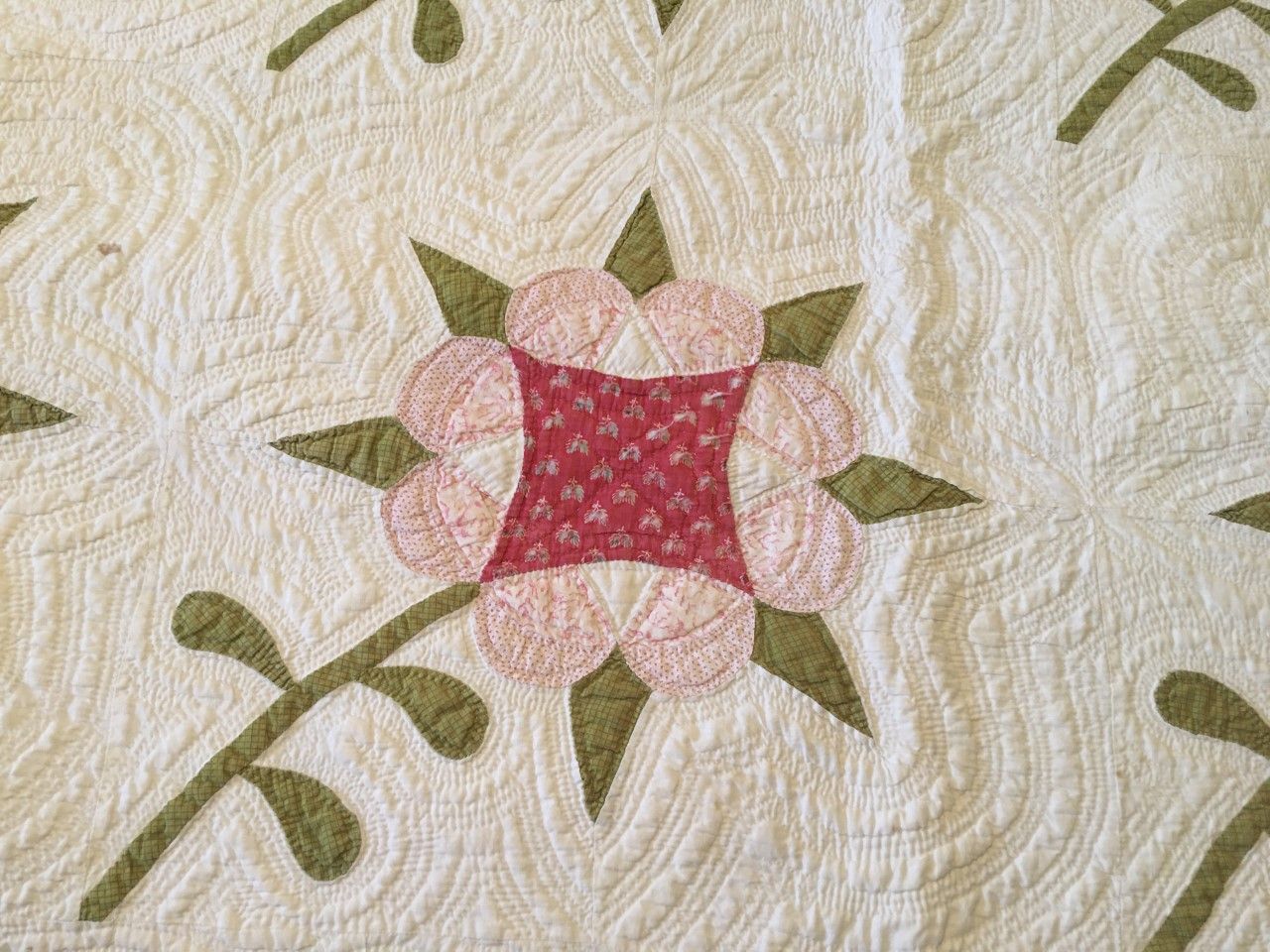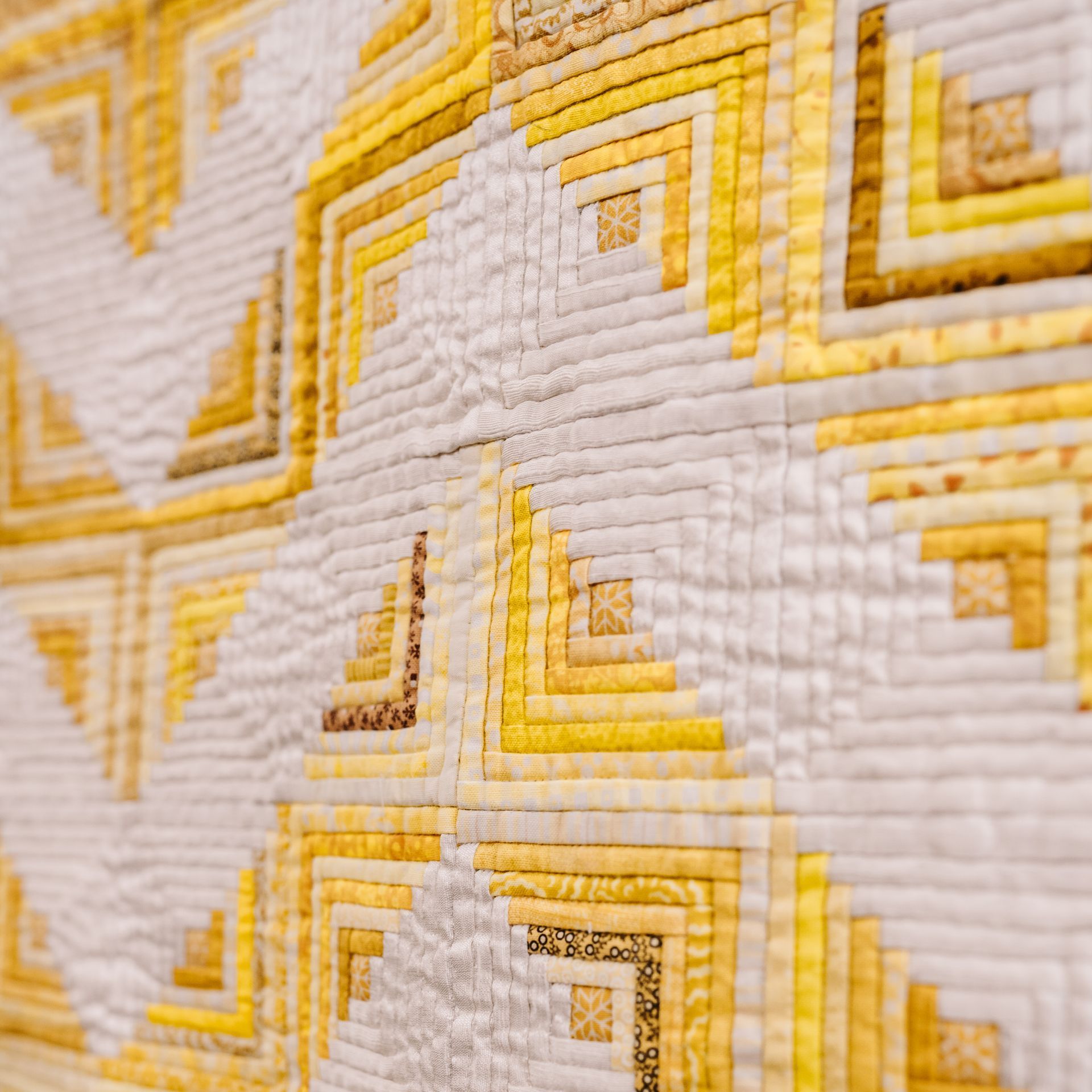Quilt History Snippets - July 2024
What: Review of Uncoverings 1990, Volume 11 of the Research Papers of the American Quilt Study Group
Article: Quilt Patterns and Contests of the Omaha World-Herald, 1921-1941
Author: Jan Stehlik
This month we are opening our reviews with volume number 13 and an article by long-time AQSG member Bets Ramsey. Ramsey provides some enlightening information about the early evolution of what we now call art quilts, but she refers to as “non-traditional quilts.” She notes specifically that in these early days the “Arts and Crafts Movement and the Bauhaus philosophy” were driving influences. Throughout the article Ramsey identifies “seven significant artists who are pioneers in creating quilts as art pieces and whose teaching, exhibiting and writing have affected and stimulated a wide audience…”. She further states, “the art quilts of the 1990s has a history which is directly related to the artist quilters of the 1950s and 1960s and to even earlier decades.” [p. 9]
Ramsey’s narrative begins with an exhibition of “modern art” quilts in 1992 in Shreveport, Louisiana that drew members of the public from both the traditional quilting community and the arts community for whom the use of quilts was not a familiar art form. What follows is her explication of how “the way was being prepared” for such a quilt exhibition. Ramsey names prominent players and publications involved in publishing information and observations of this ground-breaking exhibition.
There are dates noted of succeeding exhibitions and individuals who were prominent as the decades progressed, then Ramsey regresses to previous developments leading up to the brightness of the 1970s and beyond when art and quilts became a prominent means of expression among emerging artists. What follows is an enlightening discussion of the Bauhaus movement and the growth of the Arts and Crafts movement, again naming names and dates and describing techniques used by these practitioners and their methods as well as tastemakers responsible for spreading these developments to the public at large. Jean Ray Laury figures prominently in Ramsey’s article along with a number of other names unfamiliar to me.
This is a rich and informative article which broadened my understanding and appreciation of the art quilt movement. Coming from someone who was a contemporary of many of these artist/quiltmakers, and someone with academic training in art and design, lends credibility and authority to her article. It is a foundational read for all of us who struggle to understand where, when, and how the art quilt movement came to be what it is today.
If you do not have a copy of this, or any, edition of Uncoverings, check the publication list on the AQSG website to see if the particular volume is available…many still are. To access an online version of any issue of Uncoverings find the links at the AQSG website or the Quilt Index at www.quiltindex.org. As always, you can contact me at kmoore81@austin.rr.com.
Share Post




